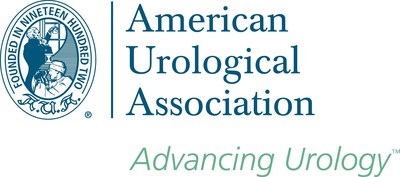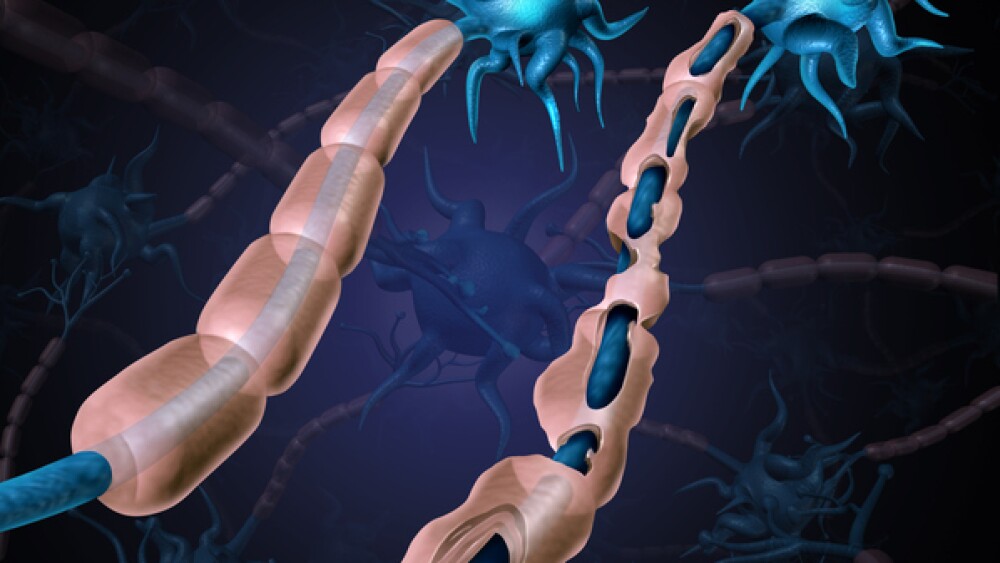Today, the American Urological Association (AUA), in partnership with the Society of Urodynamics, Female Pelvic Medicine and Urogenital Reconstruction (SUFU) released the 2021 clinical guideline for the diagnosis, evaluation, treatment and follow-up of Neurogenic Lower Urinary Tract Dysfunction (NLUTD) in adults.
|
BALTIMORE, Sept. 9, 2021 /PRNewswire/ -- Today, the American Urological Association (AUA), in partnership with the Society of Urodynamics, Female Pelvic Medicine and Urogenital Reconstruction (SUFU) released the 2021 clinical guideline for the diagnosis, evaluation, treatment and follow-up of Neurogenic Lower Urinary Tract Dysfunction (NLUTD) in adults. NLUTD is a term used to refer to the abnormal function of either the bladder, bladder neck and/or its sphincters related to a neurologic disorder. Prior terminology commonly used "neurogenic bladder" to describe this condition. With the understanding this is not an issue confined to the bladder, NLUTD is now the preferred way to describe the various voiding issues seen in patients with a neurologic disorder. For clinicians treating a patient with NLUTD, it is important to balance a variety of factors when making treatment decisions. In addition to the patient's urologic symptoms and any urodynamic findings, other issues which could influence management options of the lower urinary tract include cognition, hand function, type of neurologic disease (progressive versus stable), mobility, bowel function/management and social and caregiver support. "There are many effective options for treating NLUTD," said David A. Ginsberg, MD, Chair of the guideline development panel and Professor of Clinical Urology at the University of Southern California, Keck School of Medicine. "Selecting the best care for each patient can be an involved process that requires clinicians to fully understand the available options for treating patients, understand the findings that can be seen in NLUTD and appreciate which options are right for each individual patient. This new clinical guideline offers both a framework to facilitate such shared decision-making, and guidance as to which options will optimize the patient's ideal quality of life." The focus of this guideline is on the evaluation, treatment and follow up of care for adults with NLUTD. A total of 60 recommendations, including those associated with initial evaluation, autonomic dysreflexia, urinary tract infections, non-surgical and surgical treatment options, as well as follow up and post treatment care are reflected within this new clinical guidance. Highlights include:
The guideline was developed by a panel with specific expertise in the guideline subject. It was distributed to peer reviewers of varying backgrounds as part of the AUA's extensive peer review process before being approved by the AUA Board of Directors, as well as the governing bodies of SUFU. The full guideline is now available at AUAnet.org/NLUTD. A summary of the Guideline also appears at:
About the American Urological Association: Founded in 1902 and headquartered near Baltimore, Maryland, the American Urological Association is a leading advocate for the specialty of urology, and has more than 23,000 members throughout the world. The AUA is a premier urologic association, providing invaluable support to the urologic community as it pursues its mission of fostering the highest standards of urologic care through education, research and the formulation of health policy. Contact:
SOURCE American Urological Association |





